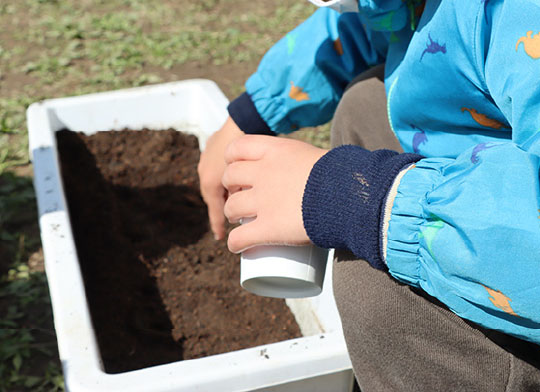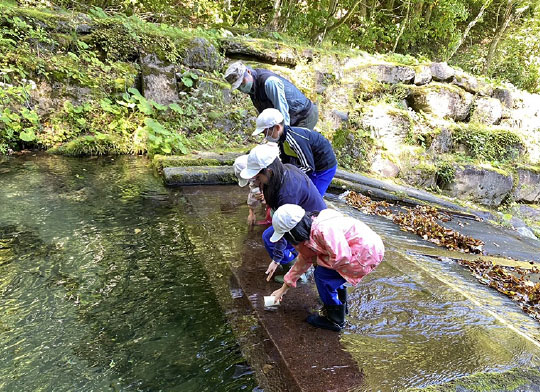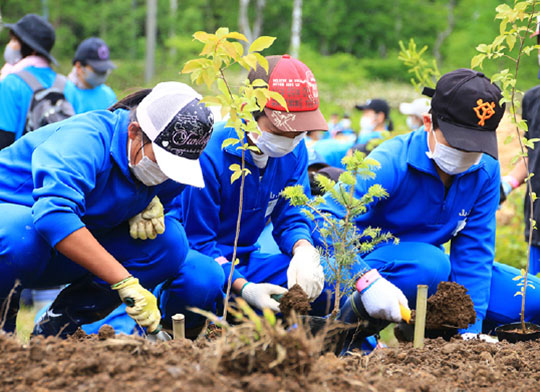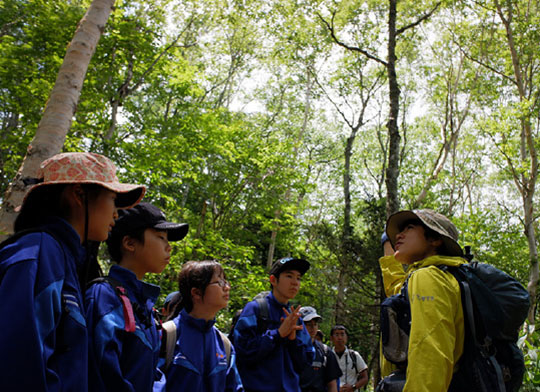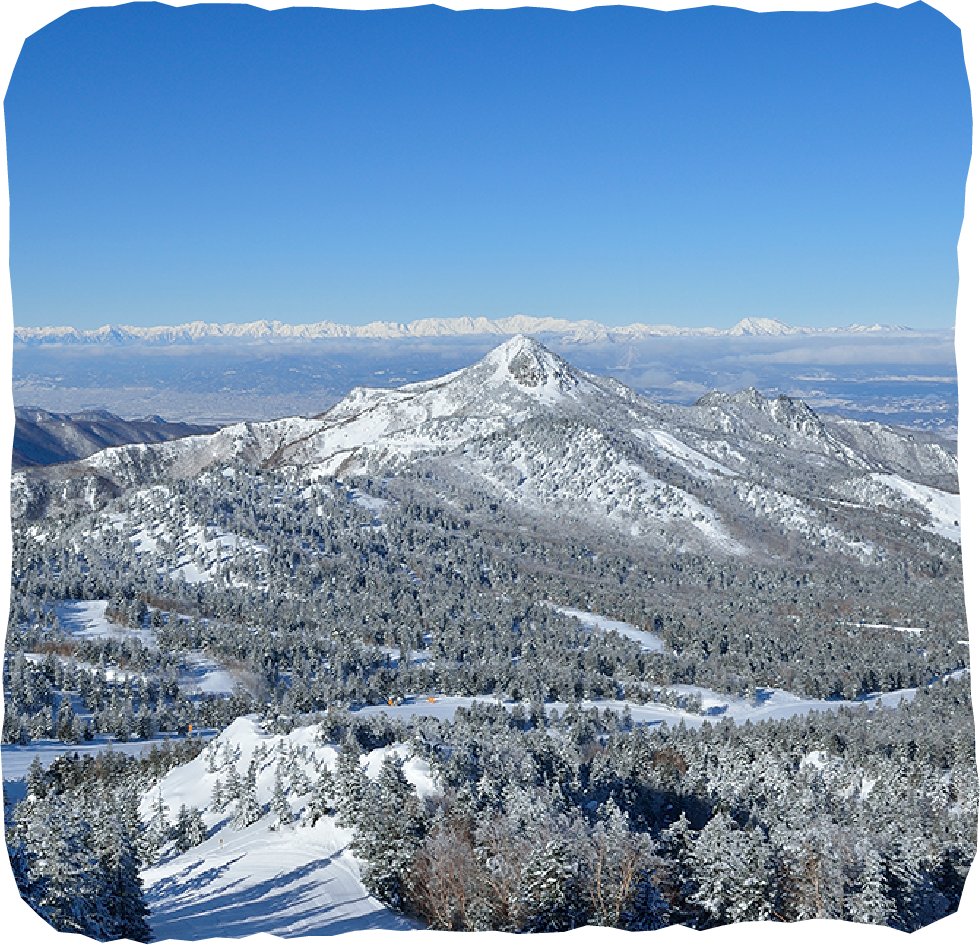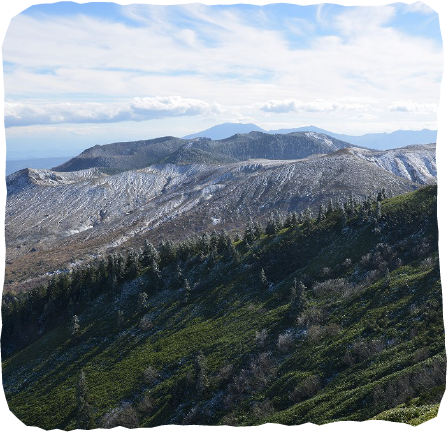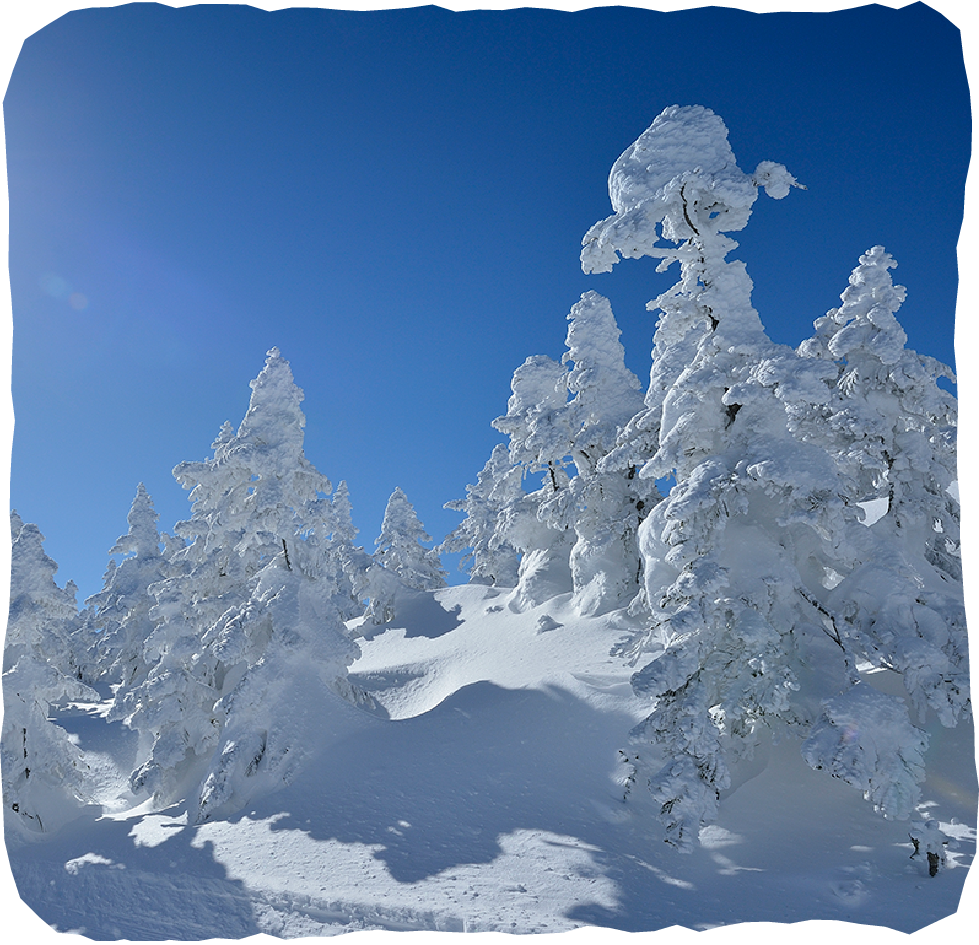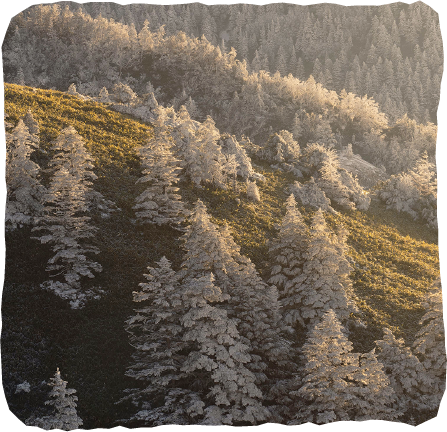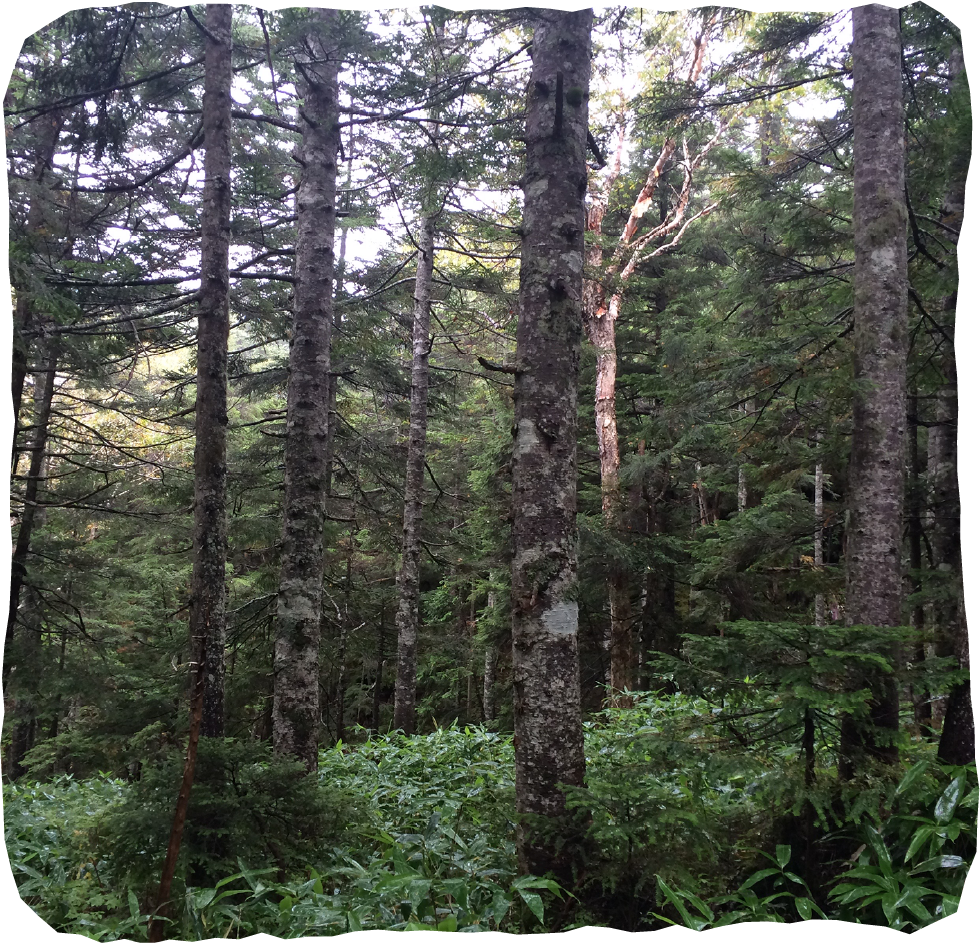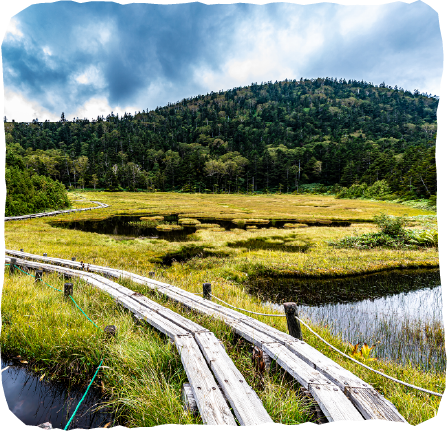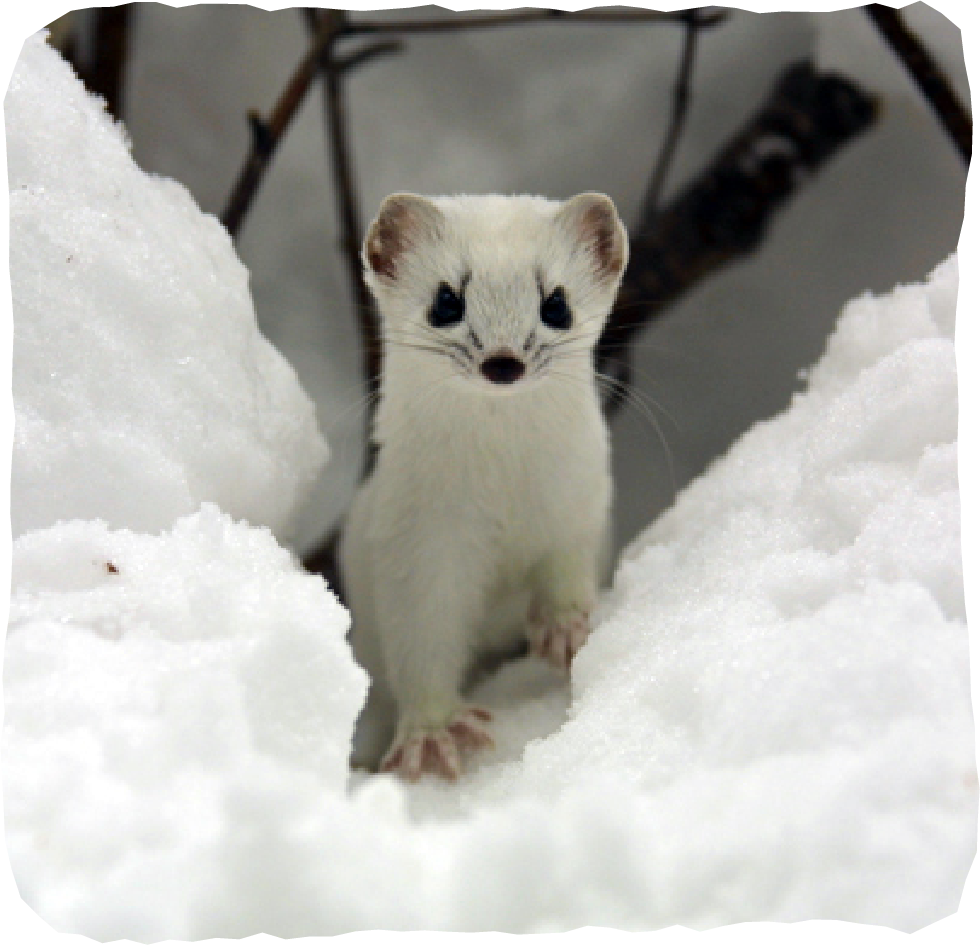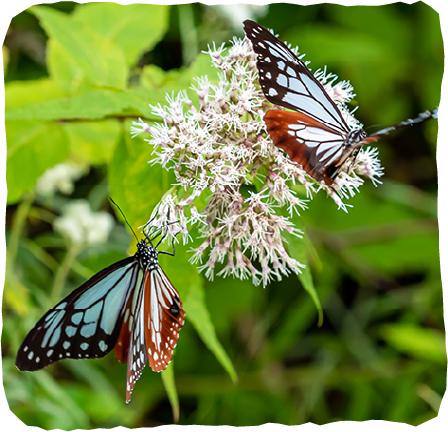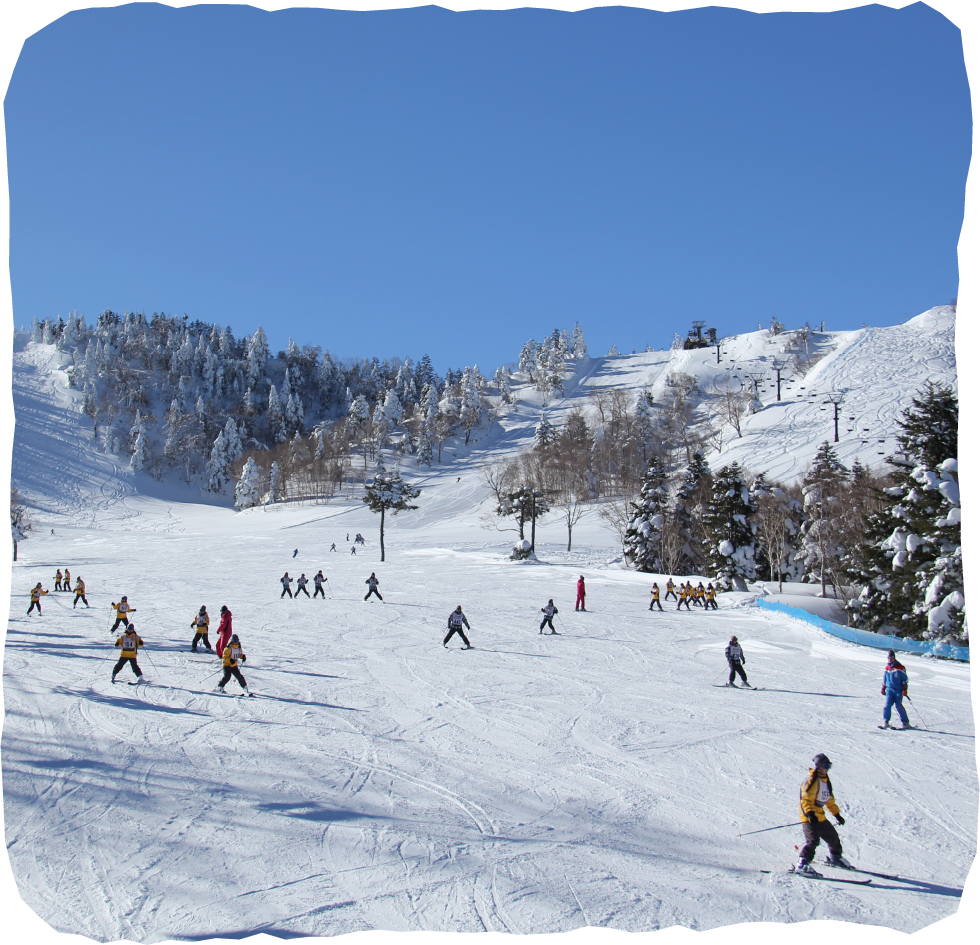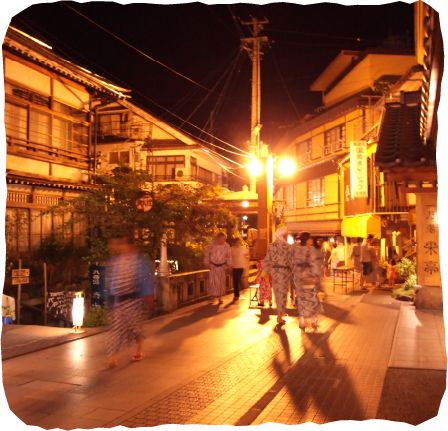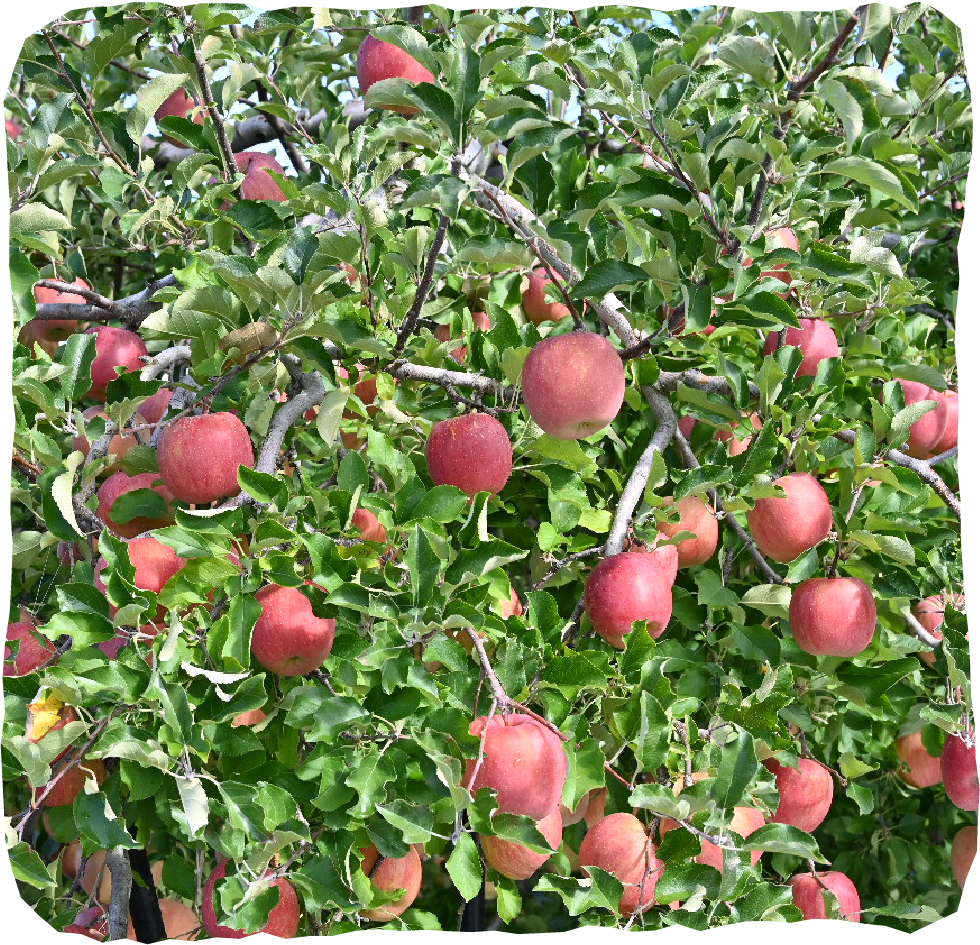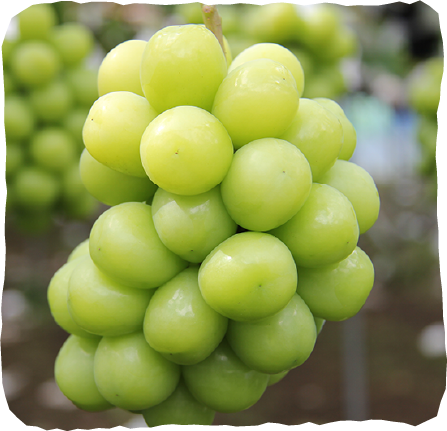Features and Initiatives
The rich natural environment provides us with various "blessings of nature". In addition, the unique culture cultivated by our ancestors is still utilized in our lives as "blessings of people".
The "blessings of nature" and "blessings of people" of the Shiga-highland Biosphere Reserve are important resources of the region and have become our inherited "legacy". In order to protect and pass on these resources, use them wisely, and aim for sustainable development of the region, we will promote "learning" as a way to develop human resources who will be responsible for these resources.
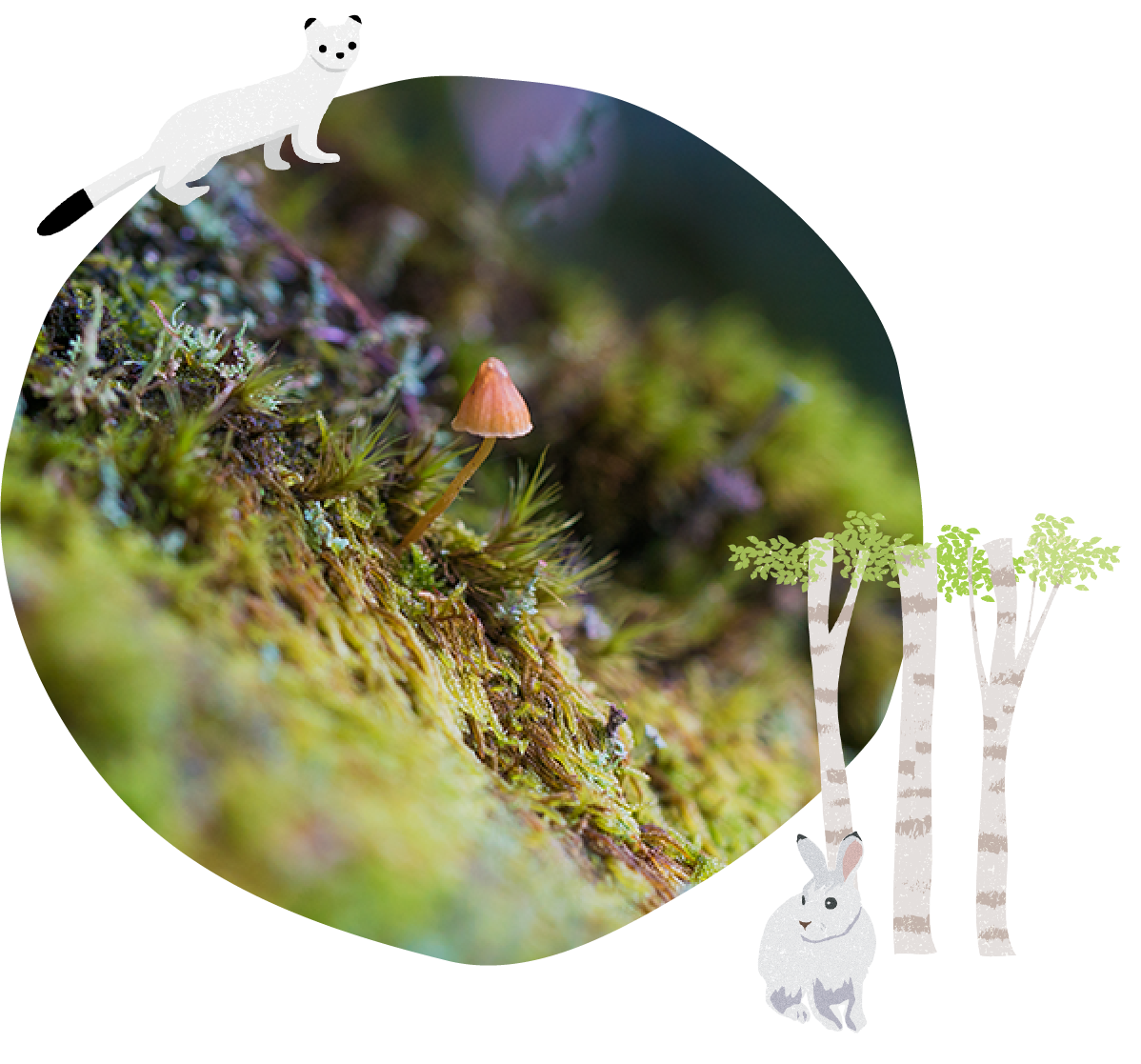
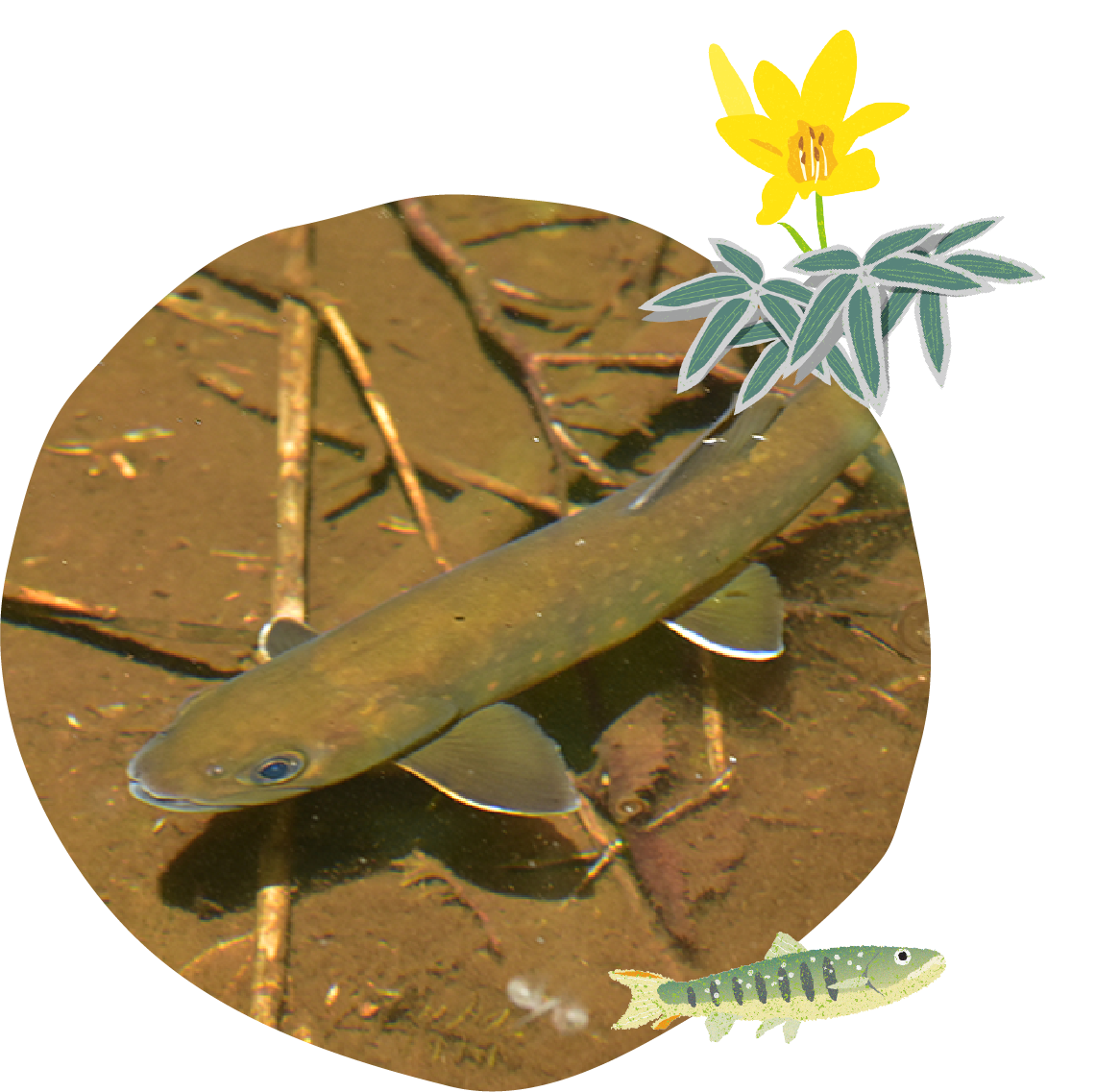
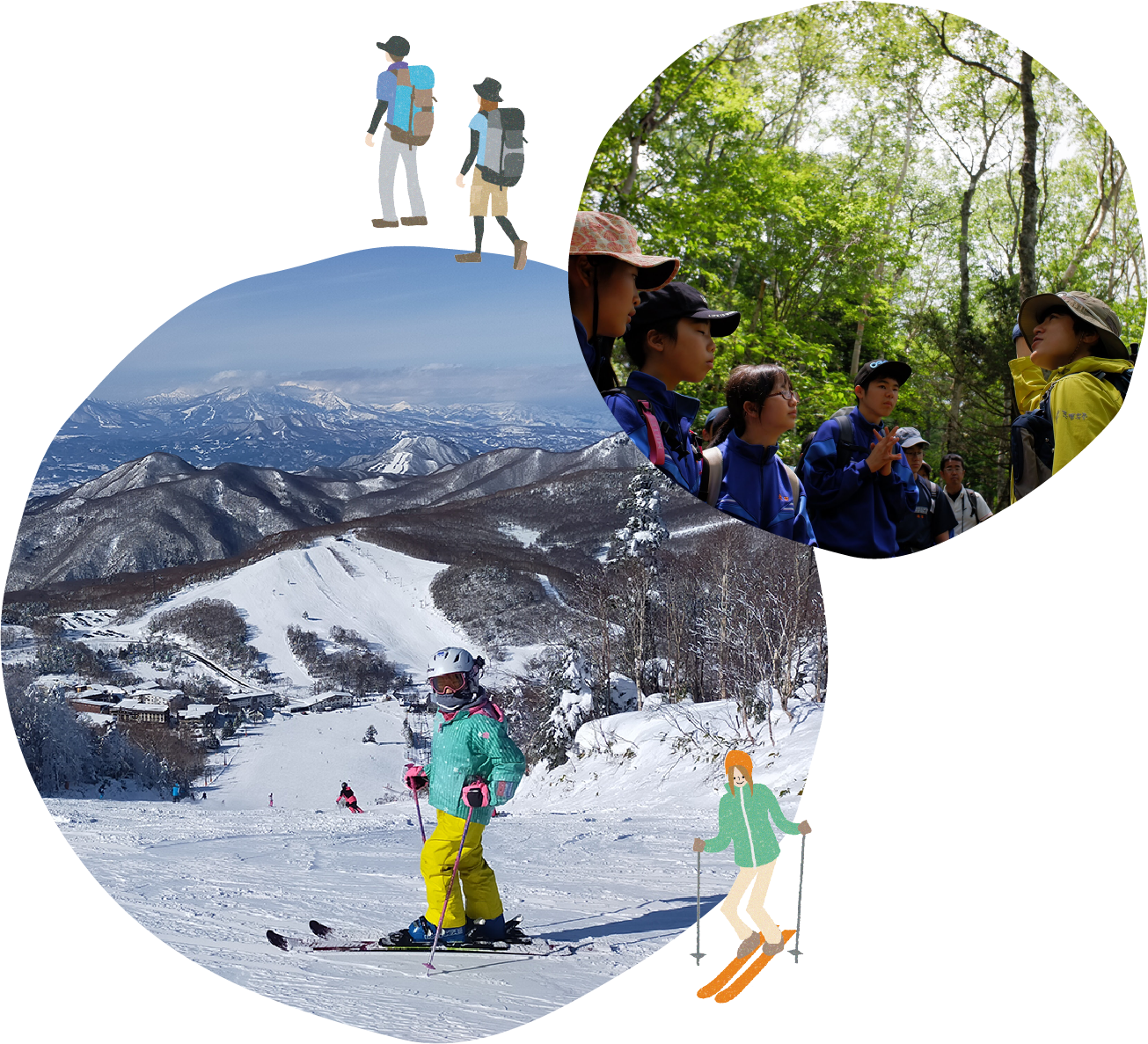
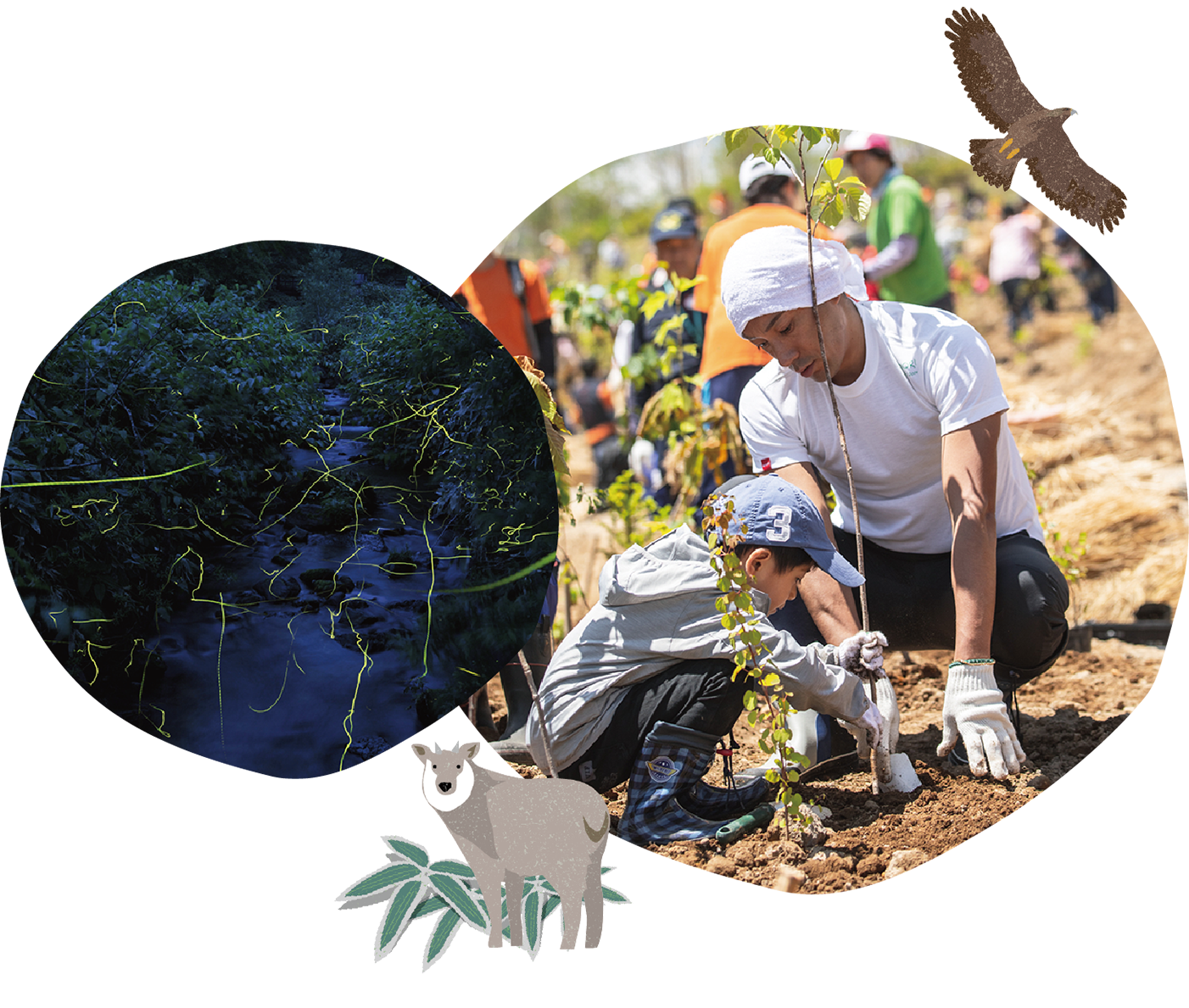
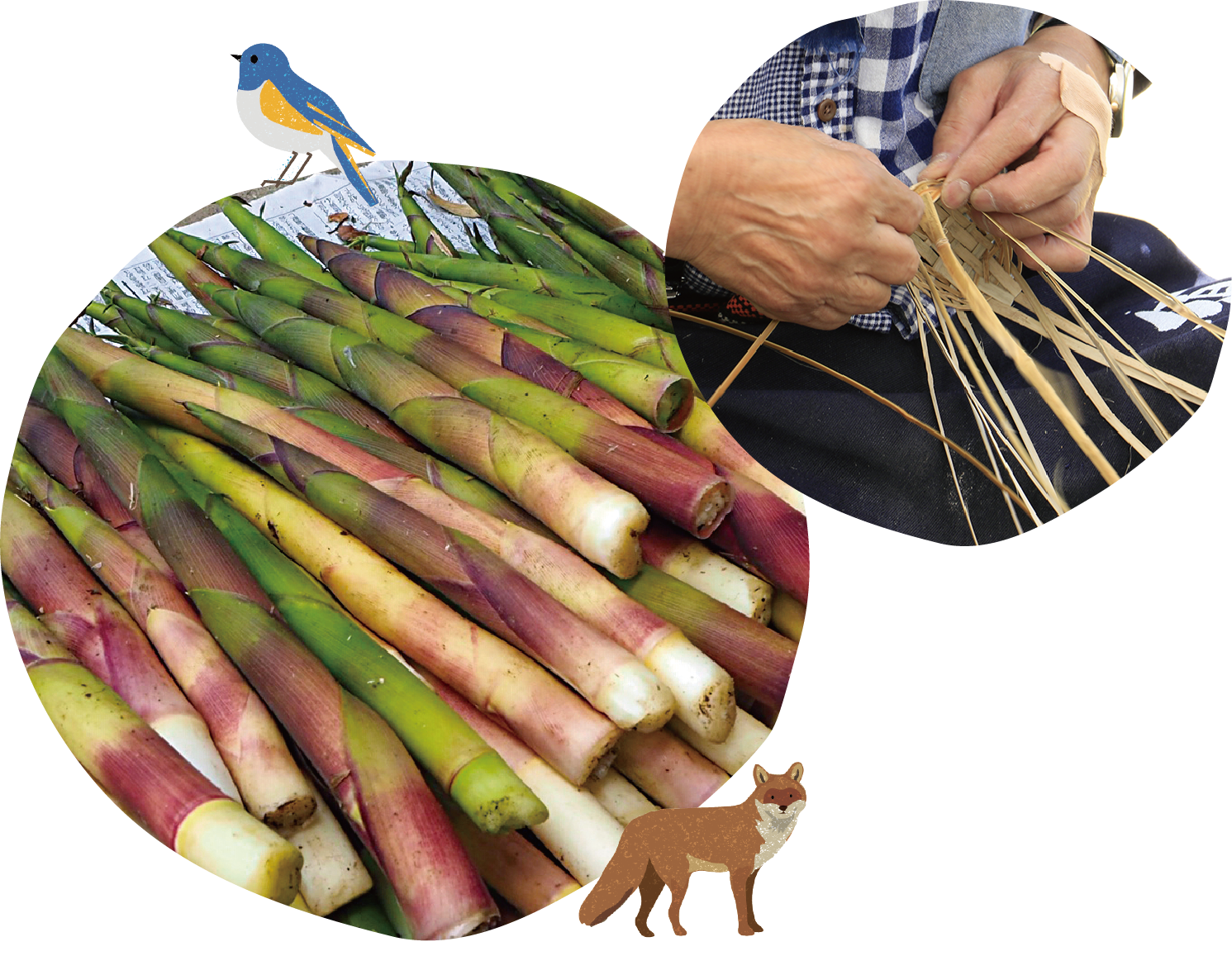
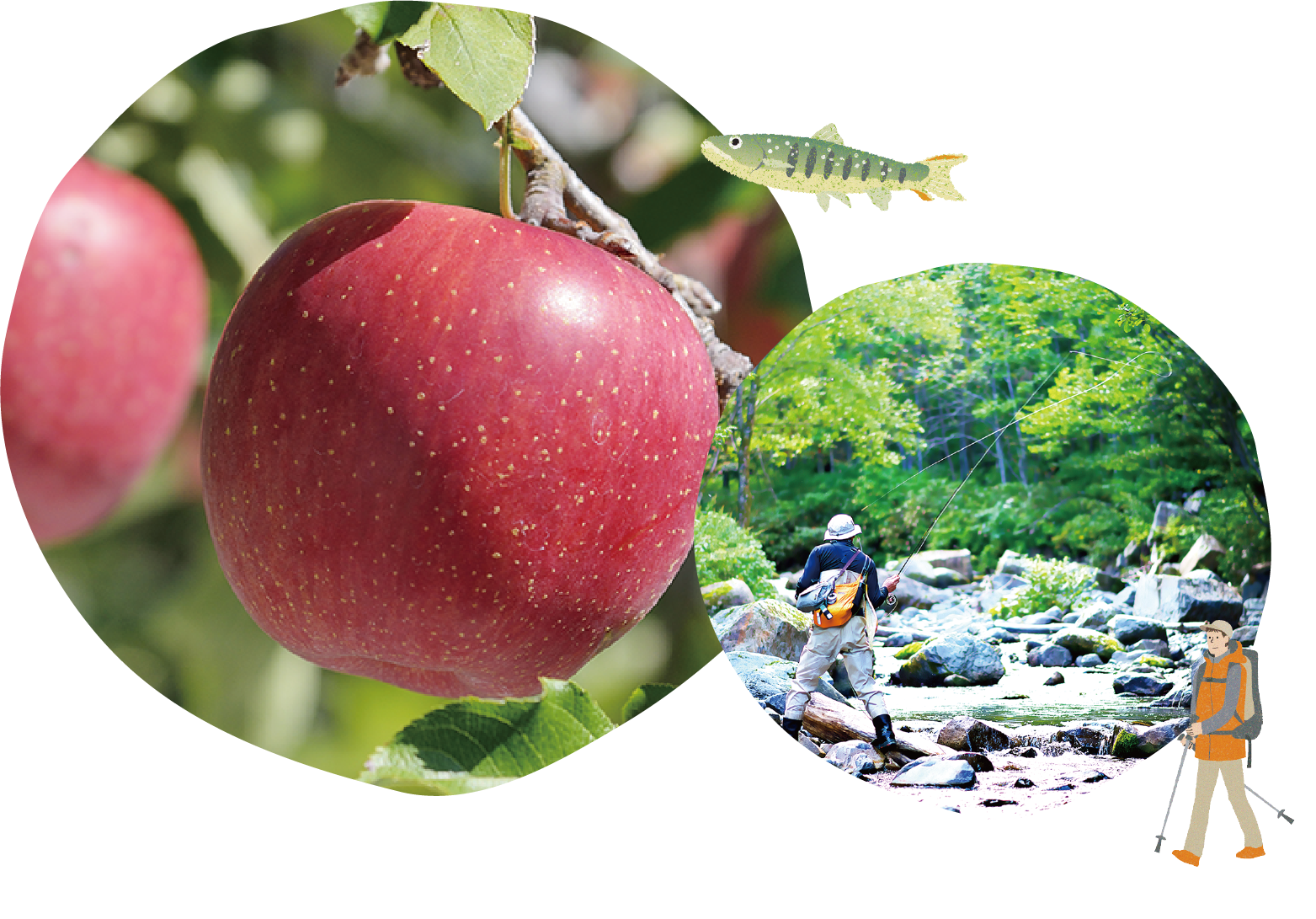
ESD activities in Shiga-highland Biosphere Reserve
In order to promote the integration of education, utilization, and conservation of the biosphere, Biosphere Reserve are also suitable as a place for ESD (Education for Sustainable Development), and synergistic effects are expected by linking the efforts of Biosphere Reserve, ESD , and UNESCO Schools.
In Yamanouchi Town and Takayama Village, all elementary and junior high schools are members of UNESCO schools, and are engaged in ESD activities with a focus on environmental education.
ESD is the abbreviation of “Education for Sustainable Development”. It is an approach to education that nurtures the leaders who will build a sustainable society in the future. Through this learning, we aim to create a sustainable society by fostering a new sense of values and the ability to think and act.
Example of ESD application at Shiga-highland Biosphere Reserve
The Boards of Education of Yamanouchi Town and Takayama Village have registered all their elementary and junior high schools as UNESCO Schools. Each school engages in ESD learning that emphasizes children's awareness, and holds exchange meetings to learn from each other. In the buffer area, the Nature Conservation Center of Shiga Kogen and the Shiga Nature Education Park affiliated with the Department of Education of Shinshu University are conducting nature watching for children from infants to high school students, trash pickup by local elementary and junior high school students, and marshland restoration activities.
Shiga Kogen Tourism Association is also implementing an "Environmental Studies Program" for students to learn about the environment through lectures and practical training, beginning with the UNESCO School.
